The SeaSonic Focus GX-850 ATX 3.0 PSU Review: Cool, Quiet, and Robust
by E. Fylladitakis on November 29, 2023 8:00 AM EST- Posted in
- Cases/Cooling/PSUs
- Seasonic
- PSUs
- 80Plus Gold
- 850W
- ATX v3.0
- 12VHPWR
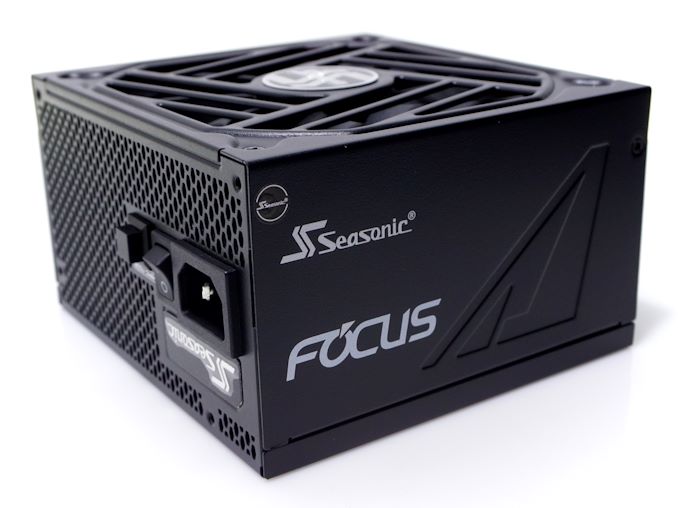
In the realm of power supply units (PSUs), the core underpinning of any high-performance computing system, seasoned market players have continually raised the bar in delivering efficient, reliable, and technologically superior products. One such stalwart in the PSU domain is SeaSonic, whose meticulous engineering and innovation have repeatedly set industry benchmarks.
In today’s review, we are having a look at the ATX 3.0 upgrade of SeaSonic’s revered Focus series, which epitomizes a fine balance between cost and performance aimed at catering to a broad spectrum of PC enthusiasts and builders. It is the successor of the Focus Plus series, which used to be SeaSonic’s most popular series over the past several years.
The new Focus GX series consists of five units with a power output ranging from 550 Watts to 1.000 Watts. It is the second most powerful unit of the series that we will be putting to the test, the Focus GX-850. SeaSonic is placing its marketing efforts mostly on the exceedingly long 10-year manufacturer’s warranty, its compact size, the 80Plus Gold efficiency certification, and the modular design.
| SeaSonic Focus GX-850 ATX 3.0 (SSR-850FX3) Power specifications ( Rated @ 50 °C ) |
|||||
| RAIL | +3.3V | +5V | +12V | +5Vsb | -12V |
| MAX OUTPUT | 20A | 20A | 70A | 3A | 0.3A |
| 100W | 840W | 15W | 3.6W | ||
| TOTAL | 850W | ||||
| AC INPUT | 100 - 240 VAC, 50 - 60 Hz | ||||
| MSRP | $168 | ||||
Packaging and Bundle
SeaSonic supplies the Focus GX-850 in a sturdy cardboard box with black-gold artwork based on simple geometric shapes. The PSU is sandwiched between two packaging foam pieces and is placed inside a nylon pouch, ensuring safe shipping.
The bundle accompanying the GX-850 is relatively rich for what is supposed to be a mainstream PSU. Aside from the standard AC power cable and four mounting screws, SeaSonic also provides a number of cable ties, cable straps, a full manual, and a 24-pin connector jumper that can be used to power the PSU without connecting it to a motherboard.
The modular cables of the Focus GX-850 are all identical, with individually sleeved black wires and black connectors. This includes even the 12VHPWR cable, making this the first time we saw a manufacturer changing that particular cable to match the rest of the unit’s cables.
| SeaSonic Focus GX-850 ATX 3.0 | ||
| Connector type | Hardwired | Modular |
| ATX 24 Pin | - | 1 |
| EPS 4+4 Pin | - | 2 |
| EPS 8 Pin | - | - |
| PCI-E 5.0 | - | 1 |
| PCI-E 8 Pin | - | 3 |
| SATA | - | 10 |
| Molex | - | 3 |
| Floppy | - | 1 |
The SeaSonic Focus GX-850 Gold PSU
External Appearance
Despite its ample power provision, SeaSonic has successfully housed the new Focus GX-850 within the conventional ATX dimensions of 150 × 140 × 86 mm (W×D×H), ensuring its compatibility across a broad range of ATX-compliant enclosures, including Desktop HTPC and other compact configurations. The electrical specifications and certifications sticker is located on the top surface of the unit.
SeaSonic typically maintains a minimalist approach towards aesthetics, but the Focus GX-850 stands as a deviation. The design has been elevated beyond mere paintwork, showcasing a distinctive fan grill at the bottom of the chassis. It is adorned with a grey badge at its center and black accents encircling the fan, replacing the previous gold and grey scheme. The embossed geometric motifs on the lateral sides of the PSU have been retained, with the company and series logos subtly highlighted on all faces of the unit.
In addition to the standard small on/off switch and AC cable receptacle, SeaSonic has incorporated a square locking switch on the PSU's rear side. This switch facilitates the management of the cooling fan's hybrid control mode. This mode is activated by default, allowing the fan to engage only when the load escalates to a level necessitating active cooling. When deactivated, the fan’s speed continues to be thermally regulated, albeit without ever coming to a complete halt. The front of the chassis houses the connectors for the modular cables. Although the connectors are not color-coded, a basic legend is imprinted on the chassis to guide the cable connections. The PCI Express and CPU 12V cables utilize identical connectors, negating the possibility of erroneous cable insertion owing to the distinct connector designs and keyed configurations.
Internal Design
SeaSonic once again entrusted the cooling of their Focus series to Hong Hua and their HA13525H12F-Z 120 mm fan. It is a visually simple black fan but features a high-quality Fluid Dynamic Bearing (FDB), with SeaSonic promising high life expectancy and relatively low noise figures. It has a maximum rotational speed of 2000 RPM, an average figure for a 120 mm fan.
SeaSonic is both the designer and manufacturer of their units, negating the need for us to identify an underlying OEM with their products. At first glance, it allows us to realize that, unlike many other manufacturers, SeaSonic’s engineers took major steps in redesigning the platform that the previous Focus series was based upon to fully comply with the ATX 3.0 specification. The unit's interior is extremely tidy, without a single loose cable, as the PCBs are connected via solid copper bridges.
The filtering stage begins on the small PCB at the rear of the AC receptacle and continues onto the main PCB, with a total of four Y capacitors, two X capacitors, and two filtering inductors. Two bridge rectifiers share the same heatsink with half the inversion transistors of the primary stage.
Nippon Chemi-Con supplies the massive 680μF capacitor of the APFC stage, which is placed next to an equally large filtering inductor. The active PCF components, two 6R190P6 power transistors and a diode can be found on the long heatsink across the edge of the PCB. SeaSonic implemented a full-bridge LLC inversion stage, a rare sight inside a mainstream unit. Two of the power transistors (GPT13N50DG) are on their separate heatsink, and two share the heatsink with the input rectifiers.
On the other side of the transformer and the underside of the main PCB, four IC840L MOSFETs generate the single 12V line. The DC-to-DC converters for the 5V and 3.3V voltage lines can be seen on the vertical daughterboard that also hosts the fan’s controller. The secondary side capacitors are a mix of Rubycon, Nippon Chemi-Con, and Nichicon products, all of which are from Japanese manufacturers.


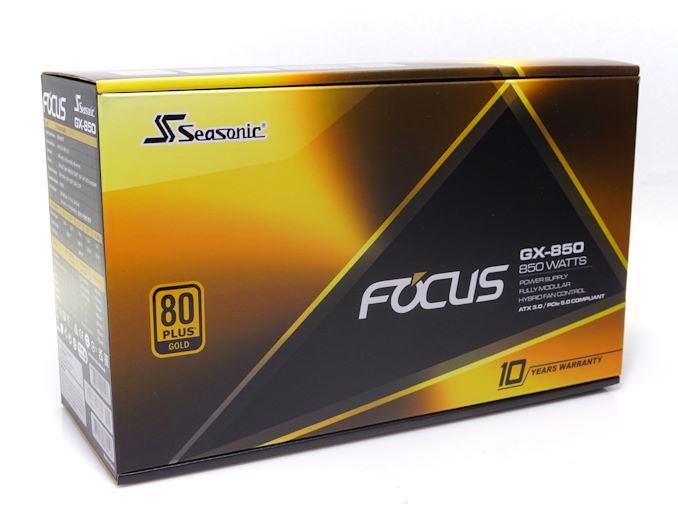
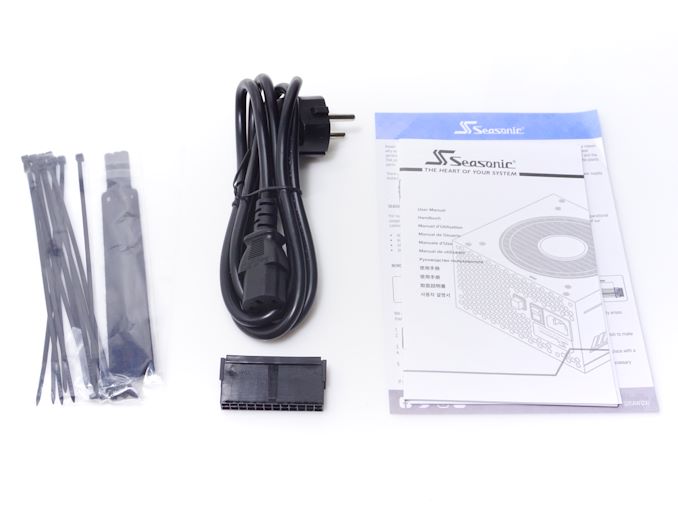
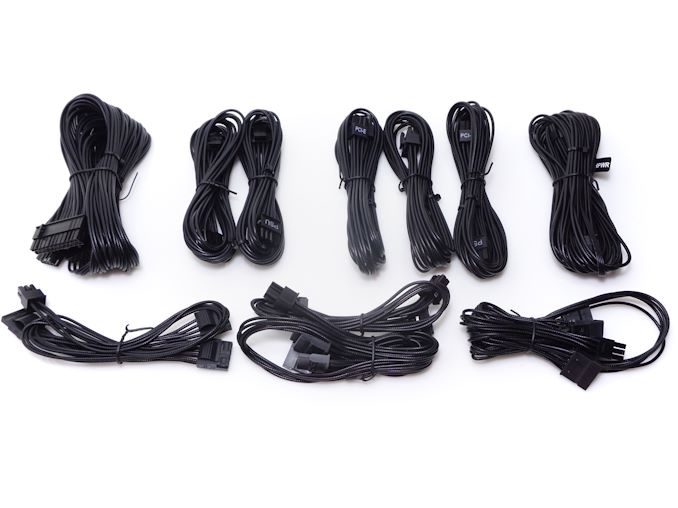
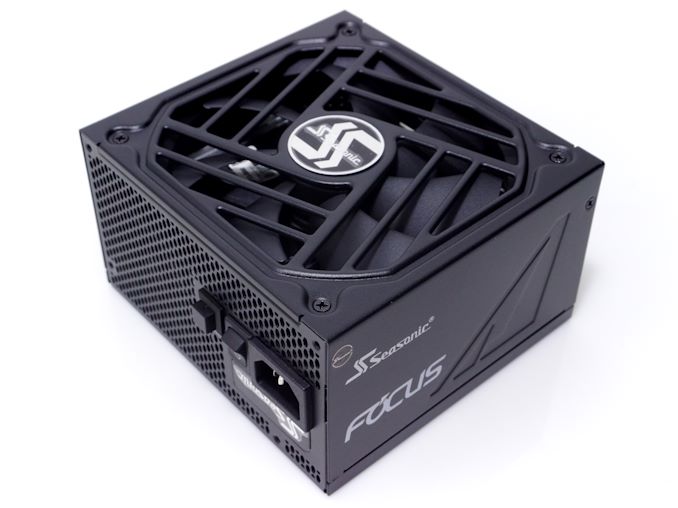
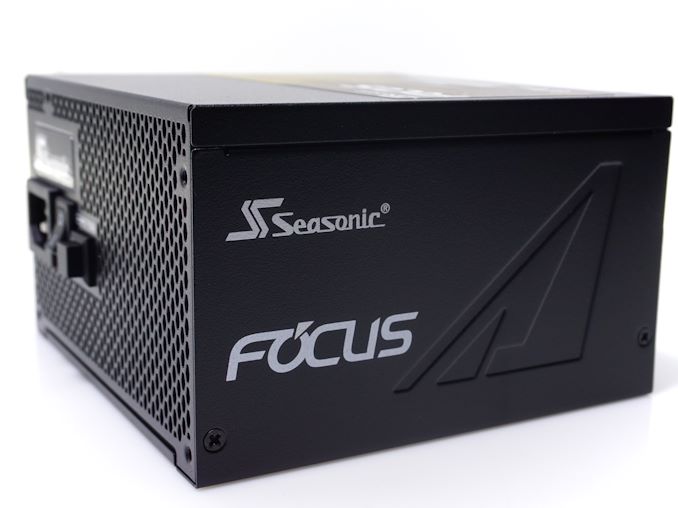
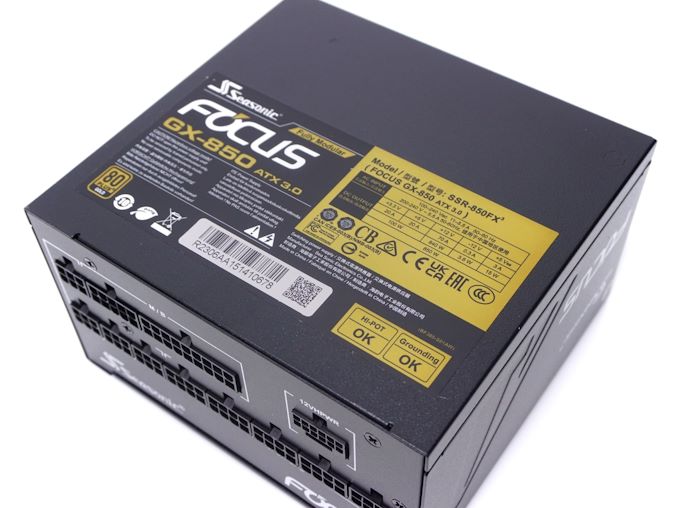
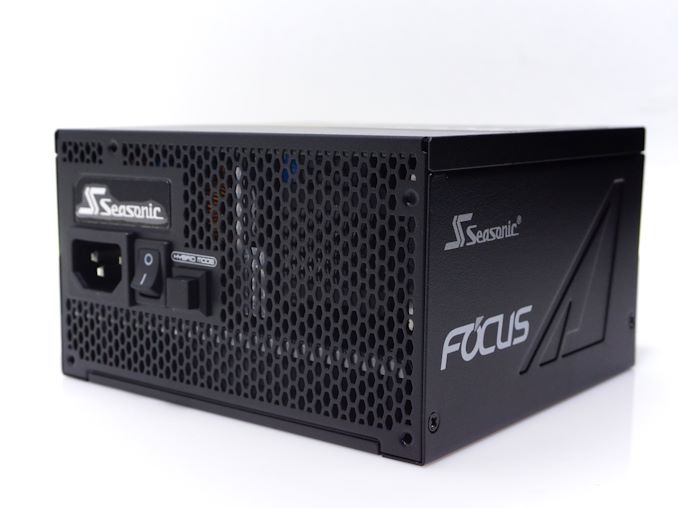
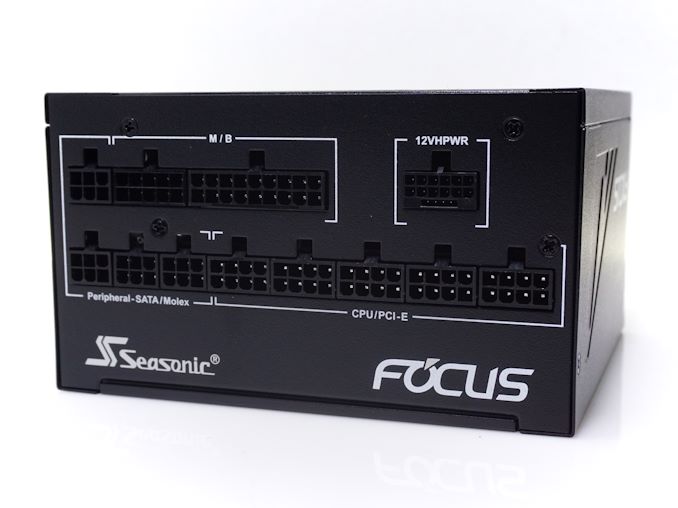
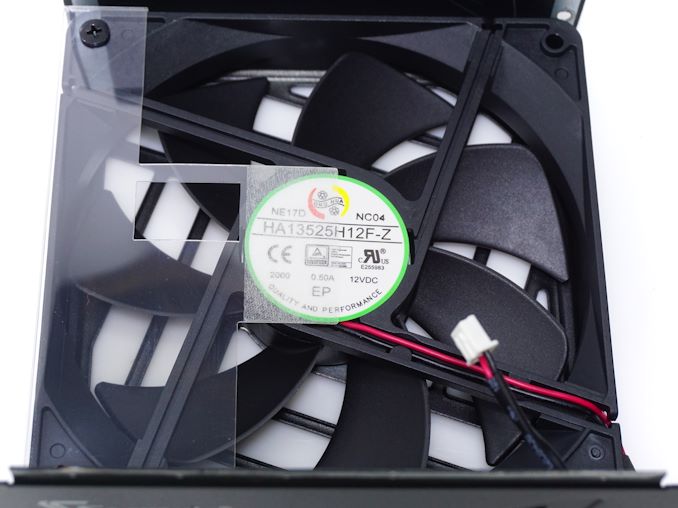
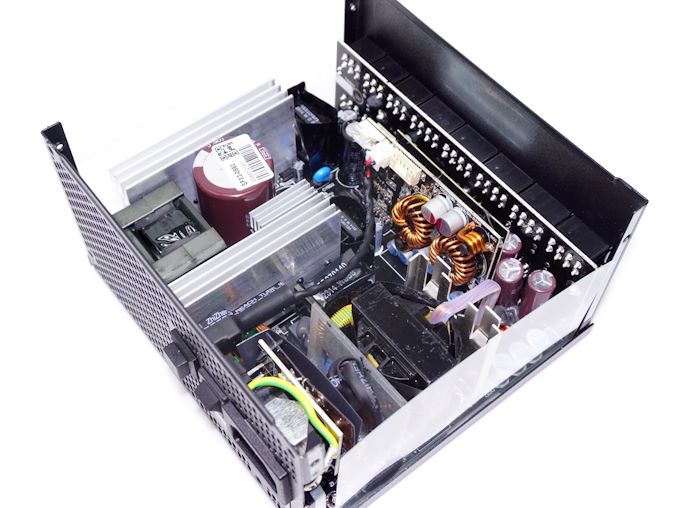
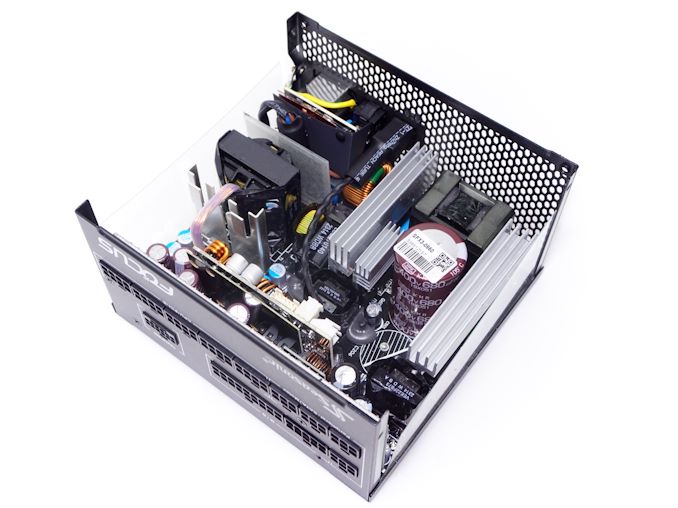
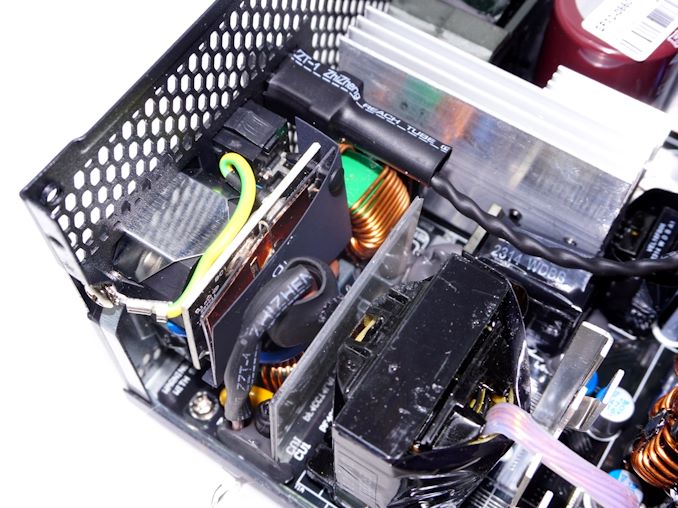
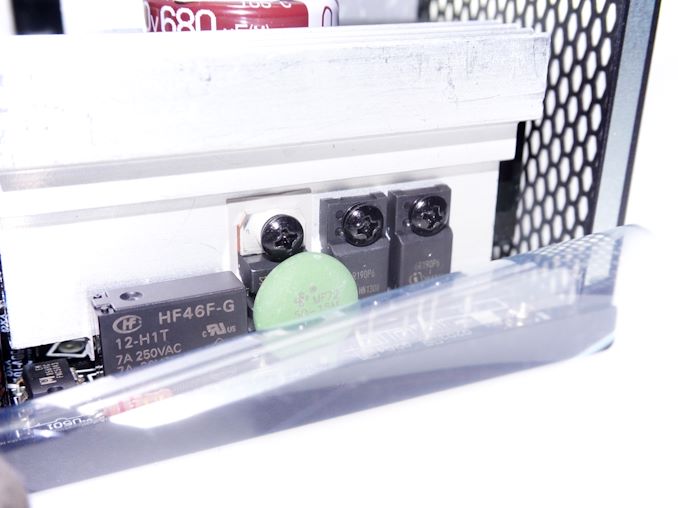
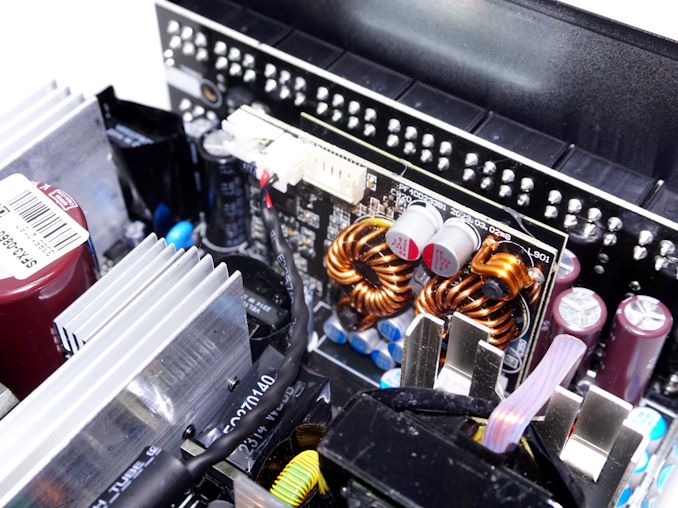








24 Comments
View All Comments
GeoffreyA - Wednesday, November 29, 2023 - link
It's beautiful.Techie2 - Wednesday, November 29, 2023 - link
This is another high quality PSU from Seasonic. They are the gold standard in PC PSUs IMNHO.HaninAT - Wednesday, November 29, 2023 - link
My only issue is that I just bought their prior generation Focus GX 850... Oh well... I will need the new fangled PCI-EX power lead eventually anyway.Samus - Wednesday, November 29, 2023 - link
This exact fan failed on my Seasonic Focus GX-700 after 2 years. It started making rattling noises, the shaft inside the hub rounded itself out of the bearing. Replacing it was a pain in the ass because the fan controller is calibrated for a specific amp fan, and if you use one thats rated over or under the stock fan, it will either spin faster or not spin at all, the later of which was my issue because I upgraded the fan to a beefier ball bearing NMB.Seasonic should get a clue and use ball bearing fans in PSU's they market as premium and charge top dollar for. A quick google search will reveal I am far from the only one with a Seasonic PSU fan failure, and while its under warranty, you will be without a PSU for 2 weeks during the RMA process as they do not offer advanced RMA, and the process itself is a frustrating social experiment I lost patience with and opted not to go through.
sonny73n - Wednesday, November 29, 2023 - link
I would just replace the fail fan with a case fan and connecti it to the motherboard. The silent/fan-stop feature is unnecessary because one more running fan would not make a different.Samus - Thursday, November 30, 2023 - link
If you don't have a fan connected to the PSU, the fan controller prevents the PSU from powering on because it thinks the fan is dead. You could put a resistor in to trick it, but then you are faced with a fan that is running independently of the PSU, disregarding its temperature zone. Sure, you could put a fan in that runs at full speed, it would be noisier than necessary. Or you could roll the dice and try running the fan based on case or CPU temperature which would theoretically scale with PSU load, but...all Seasonic needed to do to avoid ALL OF THIS BS is to put a reliable fan in their PSU's.I have a 15 year old PC Power & Cooling Silencer 750 that has way beyond 100,000 hours on it. Original fan, still silent.
liquid_c - Monday, December 18, 2023 - link
15 years equals ~129600 hours. You ran over 100.000 hours during this time? 11 and a half years of non-stop running? I find it hard to believe.bernstein - Wednesday, November 29, 2023 - link
Why do they still make those huge PSUs with those silly huge and ancient atx power plugs?I mean all it does is converting to 12V power… the rest is just useless 5v/3v stuff for long obsolete tech like 2.5” hdds…
bernstein - Wednesday, November 29, 2023 - link
Also, who the hell still needs 10 sata, 3 molex & 1 floppy power plugs. Those things are ancient (well 3.5” hdds are still a thing but, still motherboards with more than 4 sata ports are getting rare…evanh - Thursday, November 30, 2023 - link
Dude, that's why it's modular. And can even cut off what you don't want.